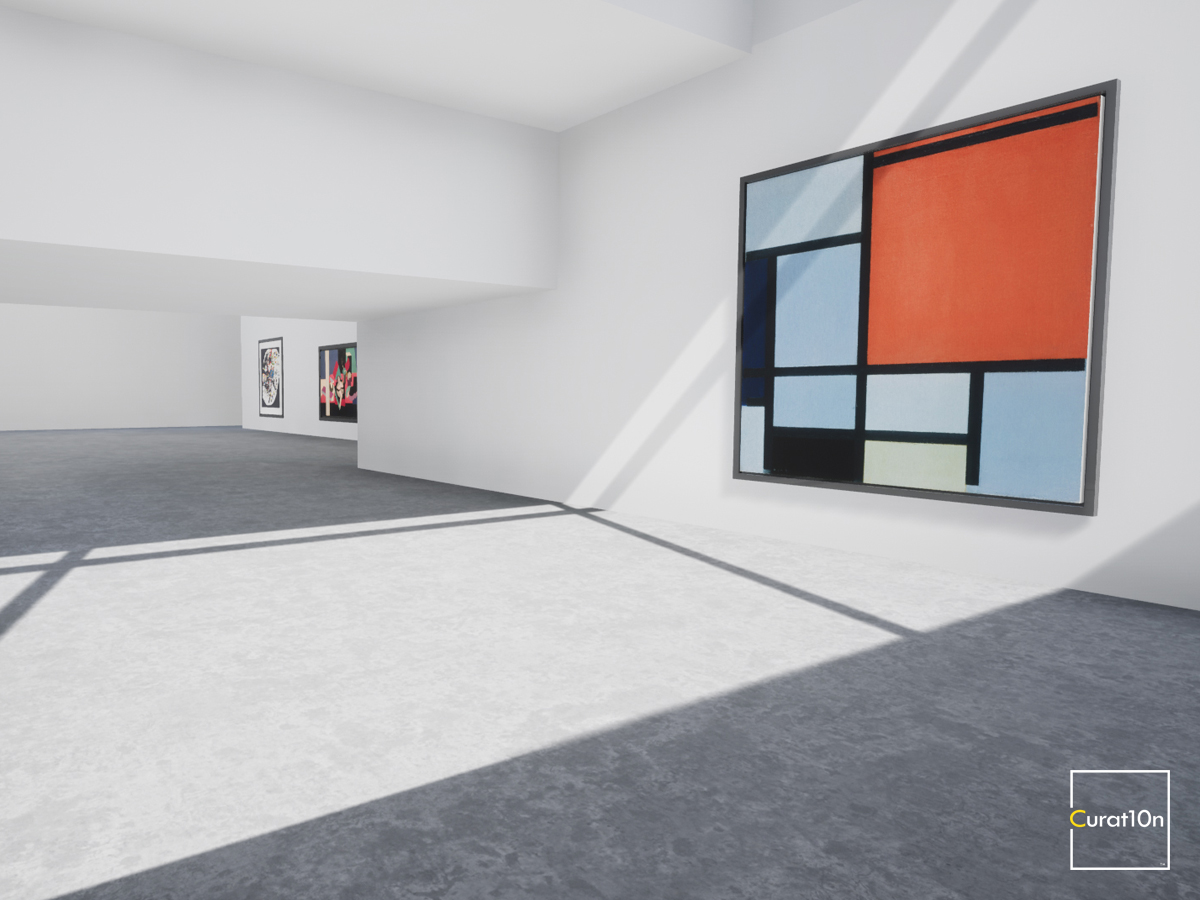New Research Into How Gallery Collections Have Transferred Online
A new study is being carried out to analyse the transfer of museum and gallery collections to the online world during the pandemic, aiming to establish what attracts people, how the different stages of the crisis affected interaction and which pathways (such as arts platforms and search engines) best support engagement.
Carried out by the University of Strathclyde, alongside National Museums Scotland, National Galleries of Scotland and the University of Edinburgh, the project is one of three to have been awarded funding of £310,000 through an Urgency Call by Towards a National Collection, an investment programme by the (UKRI) Strategic Priorities Fund.
Professor Gobinda Chowdhury, lead author of the study, explained that 12 months of digital footprints will be analysed so as to better understand the cultural interests and actions of users, with the findings used to develop a standardised approach and common framework to help those in the sector continue enjoying an accessible digital presence during the crisis and other future events.
“Many people have had no option other than to go online to view collections during the pandemic. We will look across platforms to see whether there has been growth of traffic or different patterns coming from certain groups of users, such as different sectors, school pupils or researchers, working on specific themes in art,” he went on to say.
The benefits of hosting your collections online are many and varied, and you are sure to find that there are countless creative opportunities available to you as a result, opportunities that may not be available in the real world. If you’d like to find out more about virtual exhibition software, get in touch with us today.






